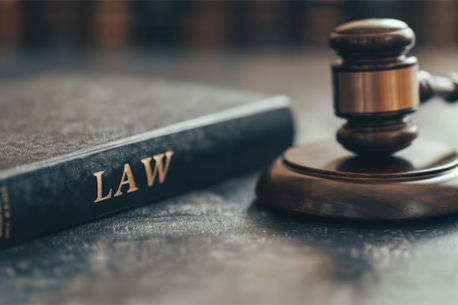LEGISLATIVE POWER OF THE GOVERNOR

The Governor of a state plays a crucial role in the Indian political system, serving as the constitutional head of the state executive. One of the significant powers vested in the Governor is the authority to legislate during emergencies through the issuance of Ordinances. This power, articulated in Article 213 of the Constitution, allows the Governor to act swiftly in response to pressing issues when the Legislature is not in session. Understanding this power is essential for grasping the dynamics of state governance and the balance between legislative authority and executive action.
Article 213 of the Indian Constitution outlines the conditions under which the Governor can promulgate Ordinances. This article grants the Governor the authority to legislate on matters typically within the domain of the Legislature, ensuring that urgent issues can be addressed without delay. However, the Constitution also establishes specific conditions and limitations to regulate the exercise of this power, ensuring accountability and preventing potential misuse.
Conditions for Issuing Ordinances
• Timing
The Governor can issue an Ordinance only when the Legislative Assembly is not in session. In states with a bicameral Legislature, this applies when both Houses are adjourned. This stipulation is crucial because it prevents the Governor from bypassing the legislative process and ensures that the Governor acts within the constitutional framework.
• Necessity for Immediate Action
The Governor must also be satisfied that extraordinary circumstances exist that necessitate immediate action. This requirement acts as a safeguard to ensure that the power to issue Ordinances is used judiciously and only in genuine emergencies. Courts have interpreted this necessity to mean that the situation should be pressing enough to warrant legislative action without the usual delays.
Constraints on the Governor's Power
• Requirement of Presidential Approval
In certain situations, the Governor's power to issue an Ordinance is constrained by the need for Presidential approval. For instance, if a Bill with similar provisions would require prior Presidential assent for introduction, the Governor must seek instructions from the President before issuing the Ordinance. Additionally, if a Bill needs to be reserved for the President’s consideration, or if an Act would be invalid unless it has received the President's assent, these factors further limit the Governor's authority. Such safeguards are vital for maintaining the federal structure and ensuring that state legislative powers do not overreach.
• Legislative Oversight
Once promulgated, an Ordinance must be laid before the Legislative Assembly—or both Houses in bicameral states. This requirement ensures that elected representatives have the opportunity to review and discuss the Ordinance, reinforcing legislative oversight. Furthermore, an Ordinance has a built-in expiration mechanism: it will cease to operate six weeks after the Legislature reconvenes unless it is disapproved sooner. This mechanism underscores the necessity for accountability in executive action.
Legal Standing of Ordinances
An Ordinance holds the same legal status as a law passed by the Legislature, enabling the Governor to act decisively in urgent situations. However, if any provision of an Ordinance is unconstitutional or would be void if enacted as an Act, those provisions will be considered invalid. This safeguard protects against potential overreach, ensuring that the Governor operates within constitutional limits.
Landmark Cases
D.C. Wadhwa vs. State of Bihar (AIR 1987 SC 579)
In this landmark case, the Supreme Court addressed the issue of repeated repromulgation of Ordinances in the state of Bihar. The Court ruled that the power under Article 213 cannot serve as a substitute for the normal legislative process. This judgment highlighted the importance of legislative debate and scrutiny, asserting that extraordinary powers should not be exercised routinely. The Court emphasized that the exceptional nature of Ordinance-making must be preserved.
L.N. Mishra Institute of E.D. and Social Change vs. State of Bihar (AIR 1988 SC 1136)
In this case, the Supreme Court held that the promulgation of an Ordinance is an exercise of legislative power and cannot be challenged on the grounds of mala fides. This ruling reinforced the understanding that the Governor's exercise of Ordinance power is an integral part of their constitutional responsibilities, thereby providing a degree of protection against arbitrary challenges to their authority.
Implications of the Governor's Legislative Power
The legislative power of the Governor, particularly the authority to issue Ordinances, is essential for ensuring responsive governance. While this power allows for swift action in urgent situations, it is accompanied by constitutional safeguards designed to prevent abuse. The checks and balances inherent in this framework are vital for upholding the integrity of the legislative process, ensuring that the Governor acts within constitutional limits, and maintaining a balance between executive authority and legislative accountability.
Conclusion
In summary, the legislative power of the Governor under Article 213 is a significant aspect of state governance that allows for quick responses to urgent needs. However, it is governed by specific constitutional provisions that impose checks and balances to prevent misuse. The interpretation and enforcement of these provisions by the judiciary play a crucial role in maintaining the integrity of the legislative process.
